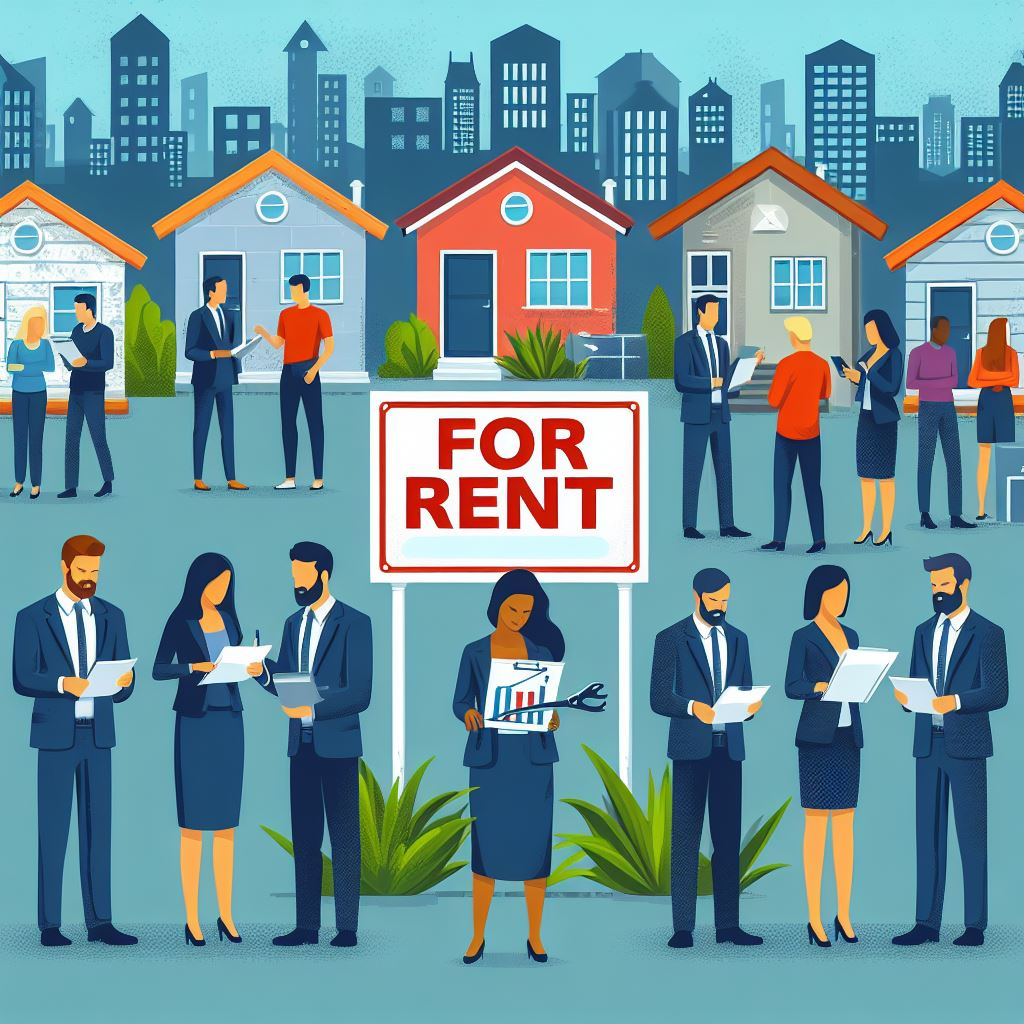Introduction
Our guide for this journey is John Doe, a seasoned real estate investor and financial planner. John’s journey began over a decade ago when he purchased his first rental property. Over the years, he has honed his skills, learned from his mistakes, and built a portfolio that provides him with a steady stream of passive income. His experience and insights are invaluable for those embarking on their own journey towards financial freedom through rental property investment.
Understanding Rental Property Investment
Rental property investment is more than just buying a property and renting it out. It’s about understanding the market, choosing the right property, and managing it effectively. The income generated from the rent can cover the expenses of owning the property and provide you with extra income. Over time, as the property appreciates and the mortgage is paid down, your equity in the property increases, further enhancing your wealth.
The Power of Leverage in Real Estate
In real estate, leverage refers to the use of borrowed capital to finance an investment. For example, if you buy a $100,000 property with a $20,000 down payment and a $80,000 mortgage, you are using leverage. This allows you to control a large asset with a relatively small amount of your own money. If the property appreciates, the return on your investment is amplified because the appreciation is based on the full value of the property, not just your initial investment.

Risks and Rewards of Rental Properties
Investing in rental properties is not without its risks. These can include property damage, vacancies, and changes in the market. However, the potential rewards can be significant. These can include steady cash flow from rental income, tax benefits, and appreciation of the property over time. By carefully selecting properties and managing them effectively, you can mitigate the risks and maximize the rewards.
Steps to Your First Rental Property Investment
Investing in rental properties is a process that involves several steps:
- Research: This involves understanding the real estate market, identifying potential properties, and analyzing their potential as rental properties.
- Financing: This involves securing a mortgage or other financing to purchase the property.
- Purchase: This involves negotiating the purchase price, conducting a home inspection, and closing the deal.
- Management: This involves finding tenants, collecting rent, maintaining the property, and dealing with any issues that arise.
Managing Your Rental Property for Success
Effective property management is key to the success of a rental property investment. This involves a range of tasks, from finding and screening tenants to maintaining the property and dealing with repairs. It also involves financial management, such as setting rental rates, collecting rent, and budgeting for expenses.
Case Study: A Successful Rental Property Investment
Let’s consider a case study to illustrate these points. John Doe, our guide, purchased a small apartment building in his hometown. He was able to use leverage to finance the purchase, and he has successfully managed the property to generate a steady stream of rental income. This case study demonstrates the potential of rental property investment and the importance of effective property management.
Conclusion: Your Path to Financial Freedom
Rental property investment can be a powerful tool on your path to financial freedom. It’s not without its challenges, but with careful planning and effective management, it can provide a steady stream of passive income. Remember, the journey of a thousand miles begins with a single step. So why not take that first step today?
Table: Key Points to Consider in Rental Property Investment
| Key Point | Description |
|---|---|
| Location | The location of the property can greatly affect its rental income and appreciation potential. Consider factors like proximity to amenities, quality of local schools, and future development plans. |
| Property Condition | The condition of the property can impact maintenance costs and tenant satisfaction. Consider the age of the property, the condition of major systems like the roof and HVAC, and the potential for renovations. |
| Market Rent | Understanding the market rent in your area can help you set competitive rental prices. Consider factors like the size and condition of the property, the amenities it offers, and the rental rates of comparable properties in the area. |
| Expenses | Be aware of all the expenses associated with owning a rental property, including mortgage payments, property taxes, insurance, and maintenance costs. It’s important to budget for these expenses and factor them into your calculations of potential cash flow. |
| Cash Flow | This is the net income from a rental property after all expenses have been paid. Positive cash flow is the goal of rental property investment. It provides you with a steady stream of income and increases your financial stability. |
Remember, rental property investment is not a get-rich-quick scheme, but a journey. It requires patience, diligence, and a willingness to learn. But with these qualities, you can navigate the path to financial freedom. Happy investing!



